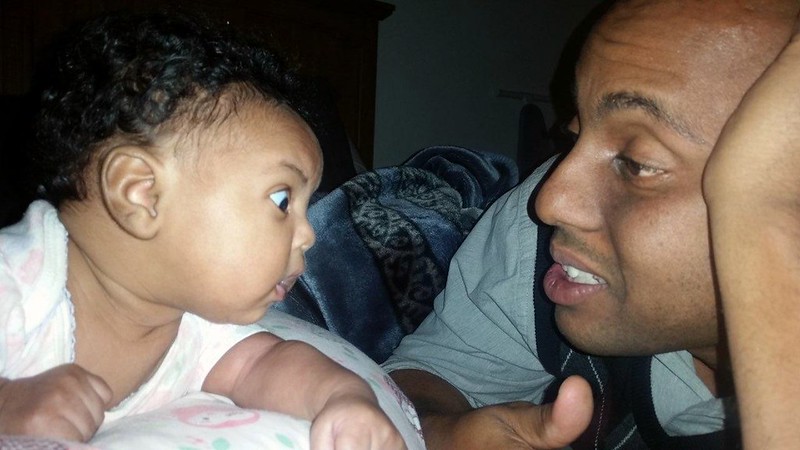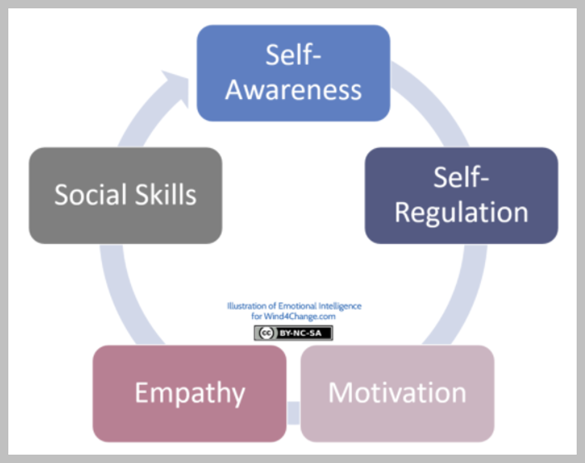15.17: Pulling the Pieces Together
- Page ID
- 140957
Emotional Intelligence
Emotional intelligence, as defined by Salovey and Mayer in Emotional Intelligence (2020), is a "subset of social intelligence that involves the ability to monitor one's own emotions and others' emotions, to discriminate among them, and to use this information to guide one's own thinking and actions" (Bechtoldt, 2008). Emotional intelligence is the capacity to acknowledge emotions in self and others, then leverage emotional information to adapt thinking and behavior to the environment and achieve one’s goal.[1]

Emotional Intelligence: The Goleman Theory
While Salovey and Mayer were the first to publish an article on emotional intelligence, true popularity of the term and concept of EI didn't occur until Dan Goleman published "Emotional Intelligence: Why It Can Matter More than IQ" (Bechtoldt, 2008). Goleman claims that EI is more critical than Intelligence Quotient (IQ) for enjoyment of a successful life and maintaining fruitful, secure relationships with others (Karafyllis & Ulshofer, 2008). Goleman proposed a new definition of intelligence which includes qualities such as optimism, self-control, and moral character. He suggests that, unlike general intelligence, which is viewed as stable over time, EI can be learned and increased at any time during one's life (Karafyllis & Ulshofer, 2008). Goleman also proposed that EI has a moral dimension, stating that "emotional literacy goes hand in hand with education for character and moral development and citizenship" (Karafyllis & Ulshofer, 2008, p.135).[2]
The image below illustrates the key competencies of emotional intelligence and demonstrates the connection between elements of emotional development in infants and toddlers and emotional intelligence.

[1] Image by Marie Harris is licensed CC By-NC
[2] Eric. (n.d.). Emotional Intelligence at work by Daniel Goleman: Self-Master - Part 1 is licensed CC BY-SA

